
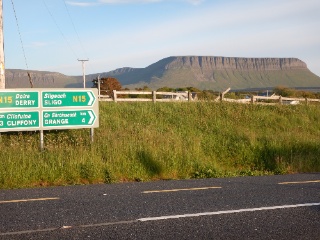
To the right we could see ragged cliffs and Atlantic ocean.
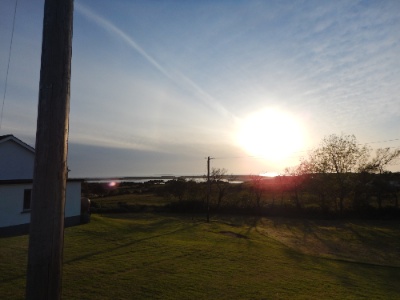
We entered Sligo in the evening crossing the Harbour Estuary by the Hughes bridge. River Garavogue carries on from here. That night we saw the Sligo Famine Memorial, a grieving family sculpture by Fred Conton. It was erected in 1997 to mark the anniversary of “Black ’47”. More than 2000 famine victims were buried in the famine Graveyard of Sligo’s St. John’s Hospital. More than 30,000 people left Sligo for new lives abroad between 1847 and 1851.
We stayed in the Sligo City Hotel, thankful for their hospitality. That evening, with all the shops closed, Laura and I walked about the silent streets of Sligo, liking it very much. The next day we saw the bronze Yeats sculpture by Rohan Gillepsie. It was unveiled by his son, Michael, to commemorate the 50th Anniversary of Yeat’s death.
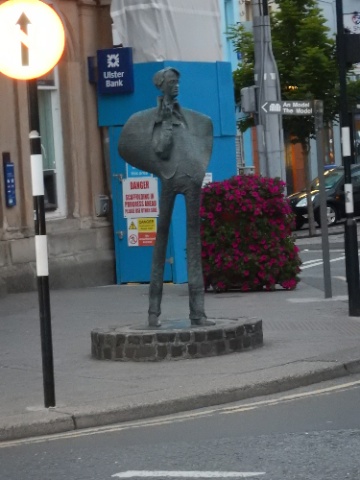

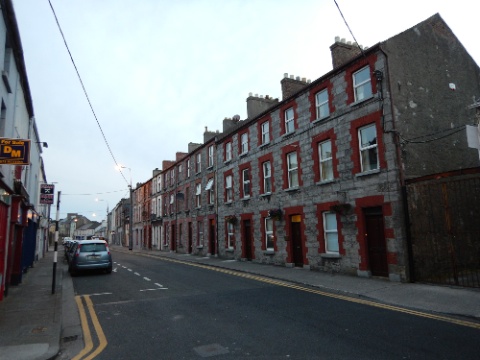
The Sligo Abbey was founded in the 13th Century.
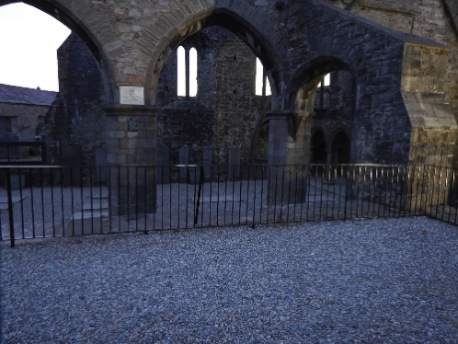







When we left Sligo, the next morning we drove back the few km up to Drumcliffe Church, the ancient monastery founded by St. Columcille, Drumcliffe Cross and the W.B. Yeats Grave. We returned to Galway and drove the few km from there to the Carrymore Megalithic Cemetery, dating from 3500 B.C




No comments:
Post a Comment